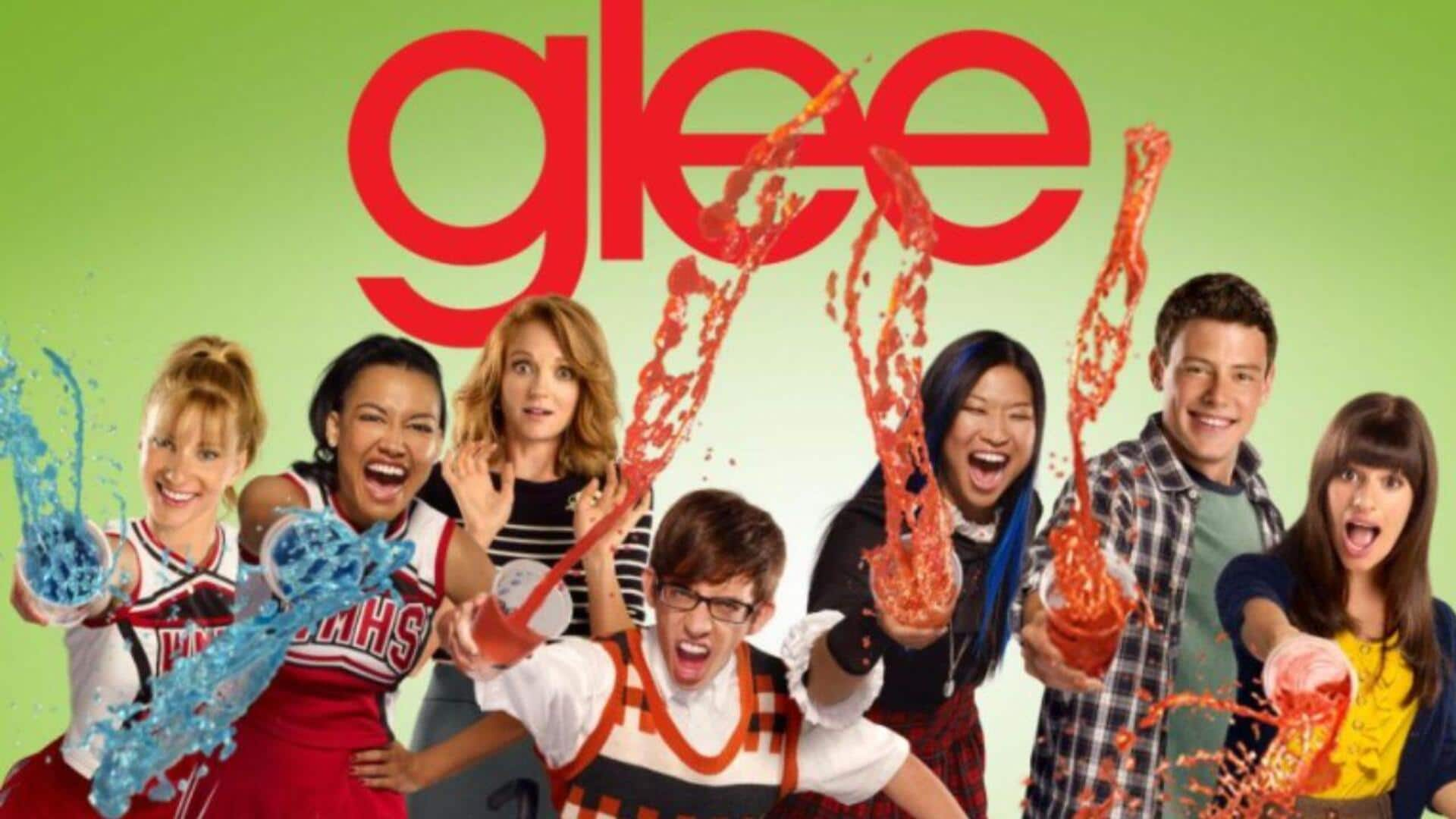
What 'Glee' got wrong about high school life
What's the story
Glee, the fan-favorite TV series, revolves around high school kids in a musical world. Although it beautifully captures teenage dreams and aspirations, it often drifts away from the realities of real-life high school kids. The show often dramatizes certain things for entertainment, which can give rise to misconceptions regarding real-life high school. Here's what Glee gets wrong about the realities of high school.
#1
Overemphasis on popularity and cliques
In Glee, so much emphasis is laid on popularity and social cliques as the main themes. While they do exist in real schools, they aren't as predominant or defining as shown. Many students live through their high school years without being too hung up on social hierarchies or conforming to certain groups. The obsession with popularity can shadow other vital parts of student life, like academics, personal growth, etc.
#2
Unrealistic talent levels
The level of talent showcased by the characters in Glee is often exaggerated, as compared to an average high school. While there are certainly talented kids in every school, not every student can sing or dance at a Broadway level. This kind of portrayal can set unrealistic standards for students who may feel pressured to match up to these standards instead of appreciating their unique talents.
#3
Simplified depictions of challenges
Another problem with Glee is that it simplifies the complexities of being a teen. Bullying, academic pressure, etc., are all dealt with so quickly within an episode that one easily forgets how those aren't things that get solved overnight in real life. High school students deal with multi-faceted problems that take time and support to tackle.
#4
Limited representation of diversity
While Glee tries to show diversity in its characters, it often fails to do justice to the full spectrum of student experiences. Real-life schools are a melting pot of cultural backgrounds, interests, and viewpoints that don't always find their way to the screen. Such limited representation may blind viewers to the richness and the complexity of real high schools.